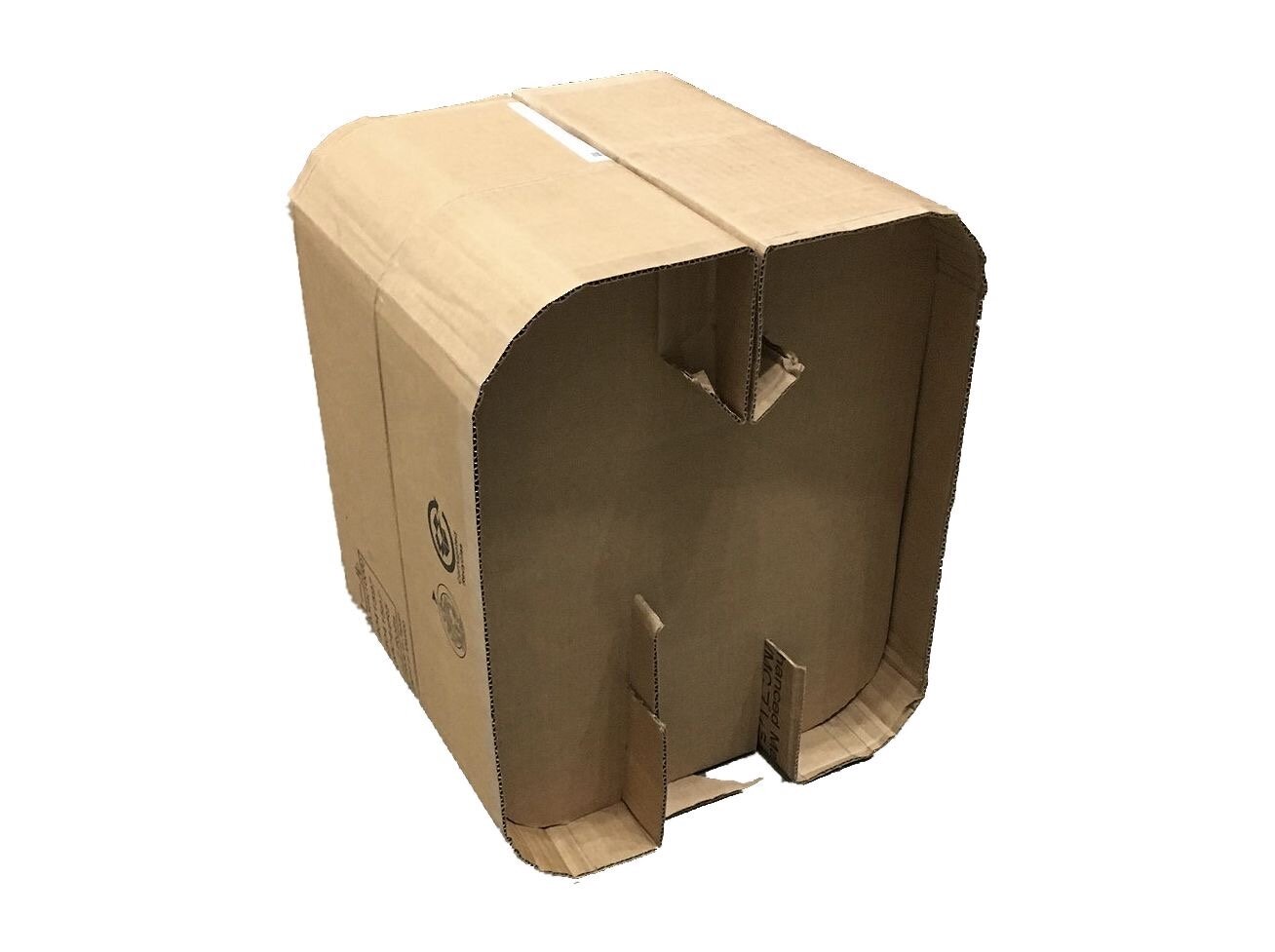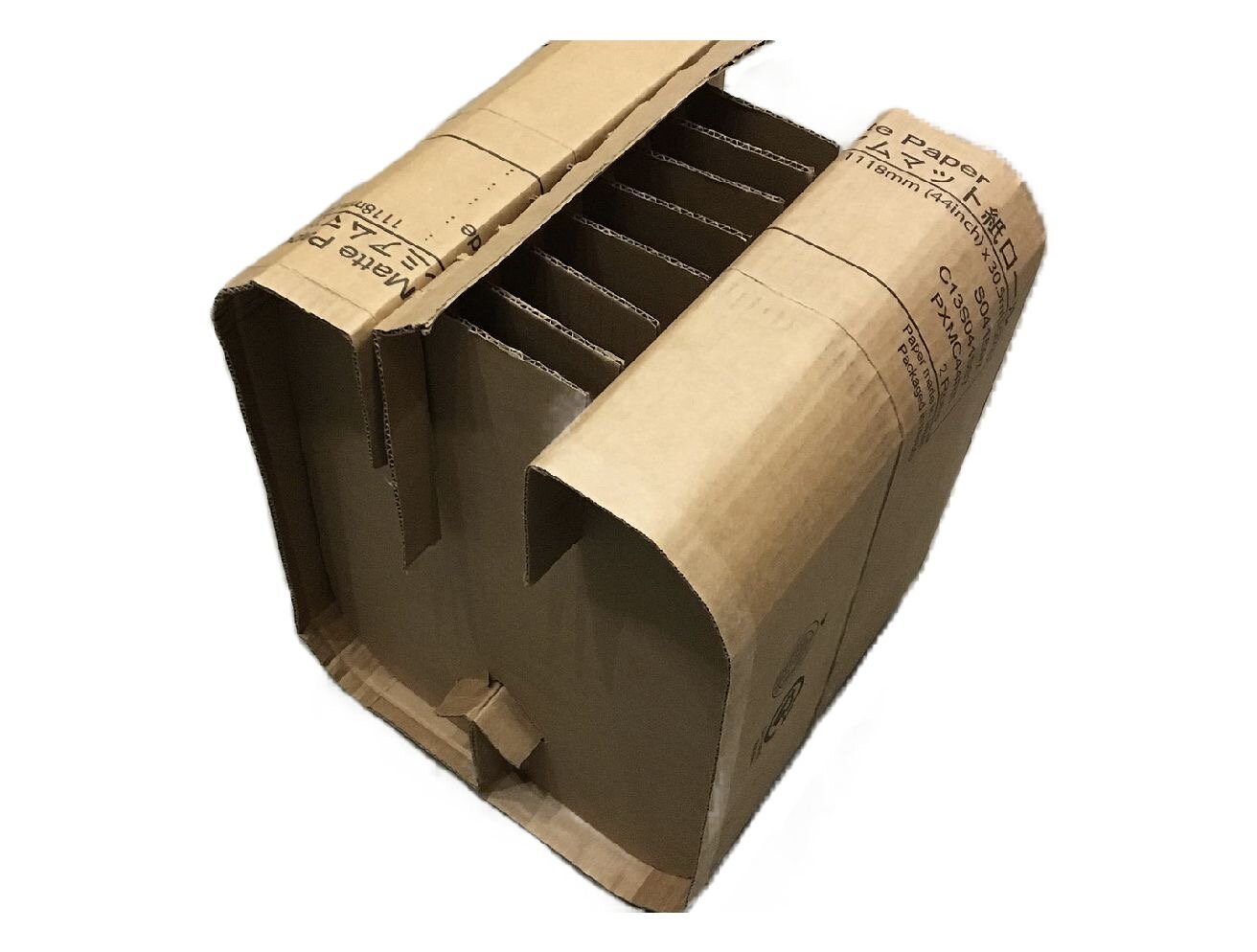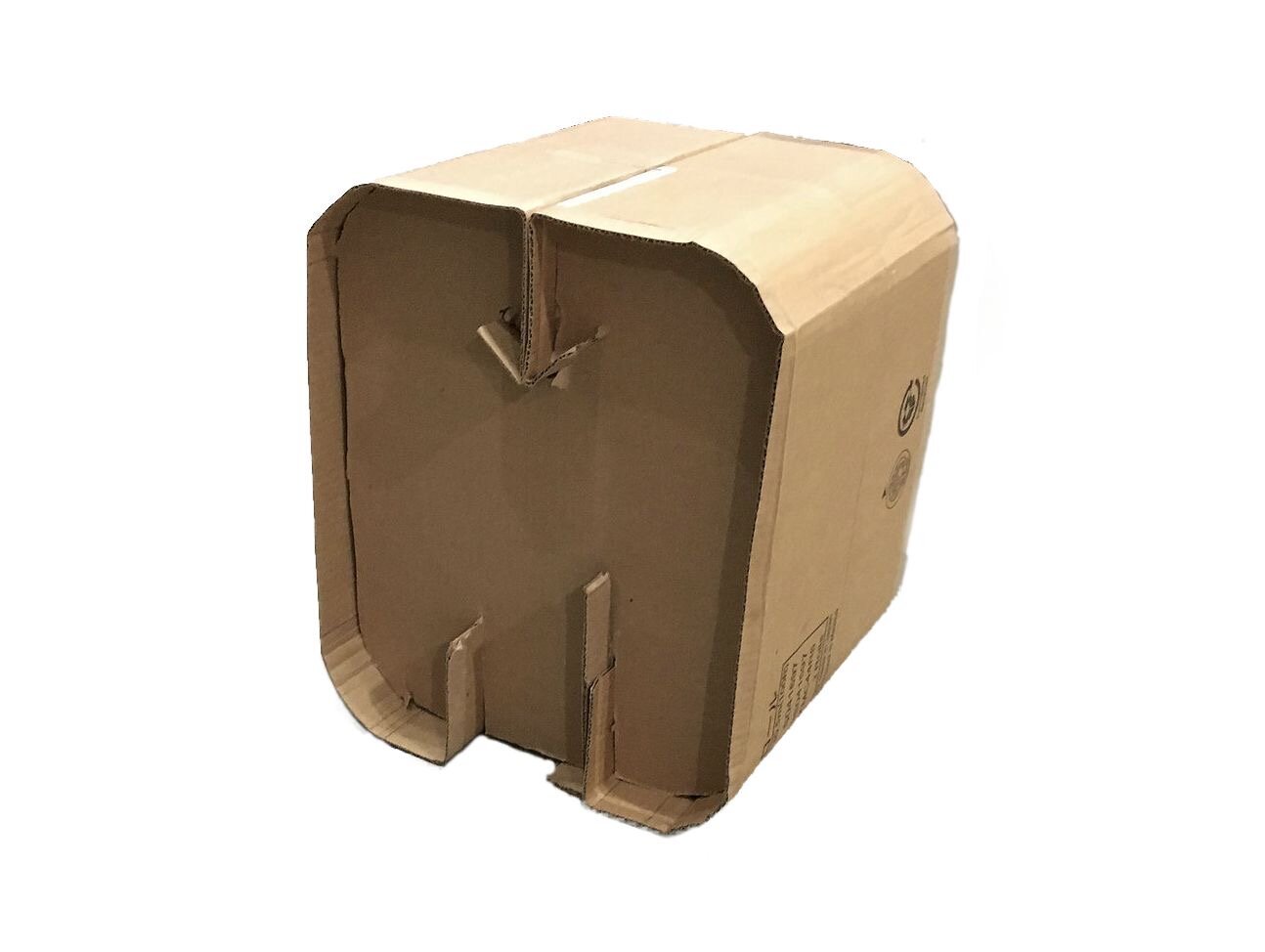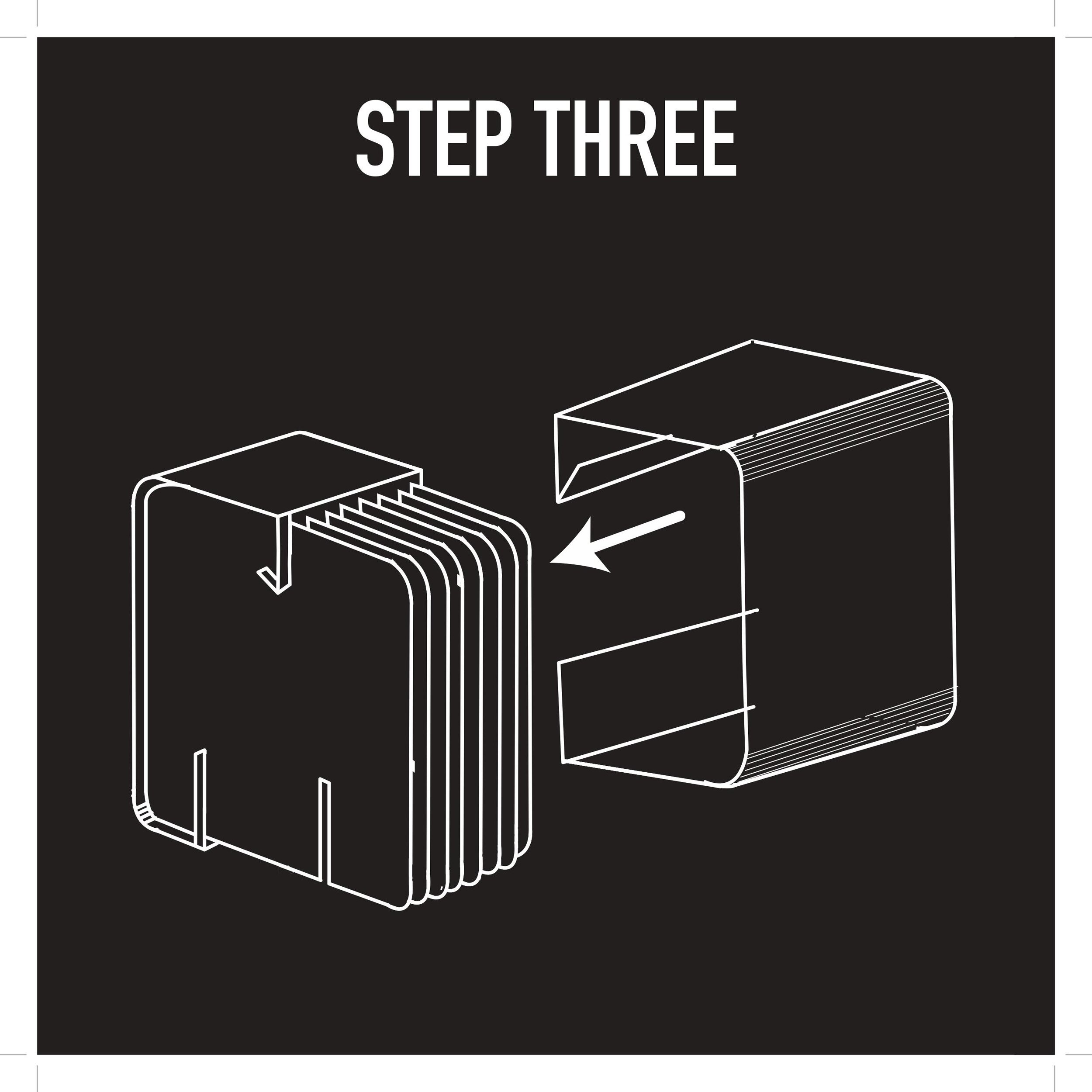Superleggera
This project was realized in Autumn 2017 as part of the Design Process and the Materiality of Objects course.
Project Description
Team : Carter Arcand, Xuan Vy Nguyen, Paul Newcombe, Samuel Laurin.
Existing cardboard furniture
Of the many types of cardboard furniture, the one that came up most was chairs. We came across many websites that gave tutorials on how to build your own. Even when it came to other kinds of furniture, so many blogs were dedicated to showing readers how to build their own out of recycled materials.
Another impressive few pieces were created by Emilie Mazeau-Langlais, an artist from France who builds classic styled furniture out of cardboard. What she could build was amazing, but unfortunately, she uses a lot of glue and her designs would be much to complex for this project.
There also exists a company called Karton, which sells kits of cardboard furniture. They have all kinds of furniture made from cardboard for all rooms, and they advertise themselves as selling ‘eco friendly furniture’. Their designs are very interesting and simple, but they require much thicker cardboard. Unfortunately they are also very expensive, especially considering cardboard is easily accessible to anyone willing to build their own.
Joints and assembly methods in cardboard
The most common way we found of assembling furniture with cardboard is to cross pieces perpendicular to each other. This technique created a crosshatch style resembling the cardboard in boxes of beer or wine that protect bottles from each other. Unfortunately, it would be very likely that it would collapse when placed on it’s side. Staying together while someone moves around on it would likely not work out so well for this kind of assembly, unless it was glued.
Another trend was to simply have two or more upright pieces with spaces cut out of them to t the seat and back rest. Although the design is simple and very effective the cardboard we would need to use would have to be much thicker, and even then we would need to glue pieces together to add to the strength.
Main Inspiration: Chairigami cardboard chairs
Our design was inspired by this interesting set of chairs. They were striking in how the surface was so smooth and simple, and you can’t see the structure inside keeping it from collapsing. It gives the illusion that only a few pieces are able to hold up a person’s weight. We liked the idea of having identical panels (or ribs) holding the weight while one or two pieces cover the surface and simultaneously hold everything together.
The Chairigami chairs hold together by having the sitting surface tuck into slots in the supporting structure, which is unique among the majority of cardboard furniture we found.
The main difference with ours, however, is that we’ve removed the back rest and rounded the corners. The rounded corners seemed like a natural shape. Normally, we think of cardboard always being angular and having sharp edges. Even the Chairigami chairs, which inspired ours, have angular corners. The idea behind our rounded edges is to slightly imitate the roundness of an egg, which can support a lot of weight when upright, and to eliminate the possibility of the corners simply folding inwards if pressure is put on them. Damaged corners may not ruin the whole stool’s structure, but it would de nitely look terrible.
The 1st version of our rounded stool had the cover tuck in at the bottom, in the middle. The issue quickly arose that the inner ‘ribs’ would move around, rather than stay parallel. The rst, more crude way to try and x the problem was by cutting X shaped holes in the ‘ribs’ and passing a long X of cardboard through them to keep them from moving. This worked relatively well, but looked ugly and awkward. In the newer version, the cover was divided into two parts. Each would hook into the top (to prevent movement of ‘ribs’ and avoid covers popping out) and tuck into the bottom. However, this time, the covers each have their own slit. With two points at the bottom that hold the ‘ribs’ together, they are less likely to move.



The Assembly Guide











